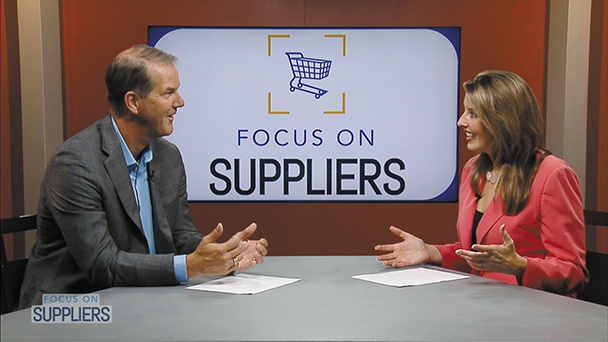And now for something completely different
by October 10, 2016 12:00 am 240 views

If something new and different can be replicated economically and satisfies a specific need, it is considered an innovation. In the retail world, that newness is often directed at products or technology.
Innovation in products. For example, General Mills is in the process of removing artificial colors and flavors from its cereal products, because research shows 49 percent of consumers today are trying to avoid them.
The changes General Mills is making aren’t happening overnight; they’ve been working on their new formulations for four years and are about 90 percent there.
“We spent a lot of time talking with our consumers to find out what they really wanted,” Josh Yates, senior sales director at General Mills, said on a recent episode of “Focus on Suppliers,” produced by the Bentonville-based supplier education company 8th & Walton.
Yates works out of General Mills’ Bentonville office.
“Listen to your shoppers — not just what they’re telling you but also what they’re doing with their dollars,” he added.
Today, about 90 percent of American households — and 94 percent of millennials — have cereals in their cupboards, and the millennial customer is giving General Mills especially positive feedback about its latest innovation.
But bringing a fresh, exciting idea to life can also play out in marketing, merchandising and even human resources.
Innovation in human resources. On the same “Focus on Suppliers” episode, Jessica Hendrix, CEO of shopper marketing firm Saatchi & Saatchi X in Springdale, offers additional millennial insights and presents an innovative take on innovation itself.
First, Hendrix says: “78t percent of millennials believe innovation is the key to a company’s growth.” Then, her application of that stat in a new and refreshing way: Keep millennial employees excited about their work through human resource innovation.
Hendrix says, “Millennials believe that innovation in their personal development and their business lives benefits society as a whole. How you connect with them in the day-to-day, how you handle annual reviews — as well as how you think about product development — it all ties in with their wanting to make a difference.”
Innovation in marketing. Unilever is bringing innovation to its marketing by removing gender stereotypes from its advertising.
Jim Breach, vice president of customer development at Unilever, said, “What we’re going to do in our ads is represent the many different places and ways women — and men — live their lives. We’re going to be more real in the way we portray people in ads. We believe that when we do that, people will identify more with the people in the ads and then with the brand.”
The new method, the different device, the exciting idea. Innovation. Instead of keeping it in a box to be taken out and dusted off from time to time, retail professionals can let it reside in the air that surrounds them. Take it in with every breath. Then, it will naturally become part of the company’s work.
